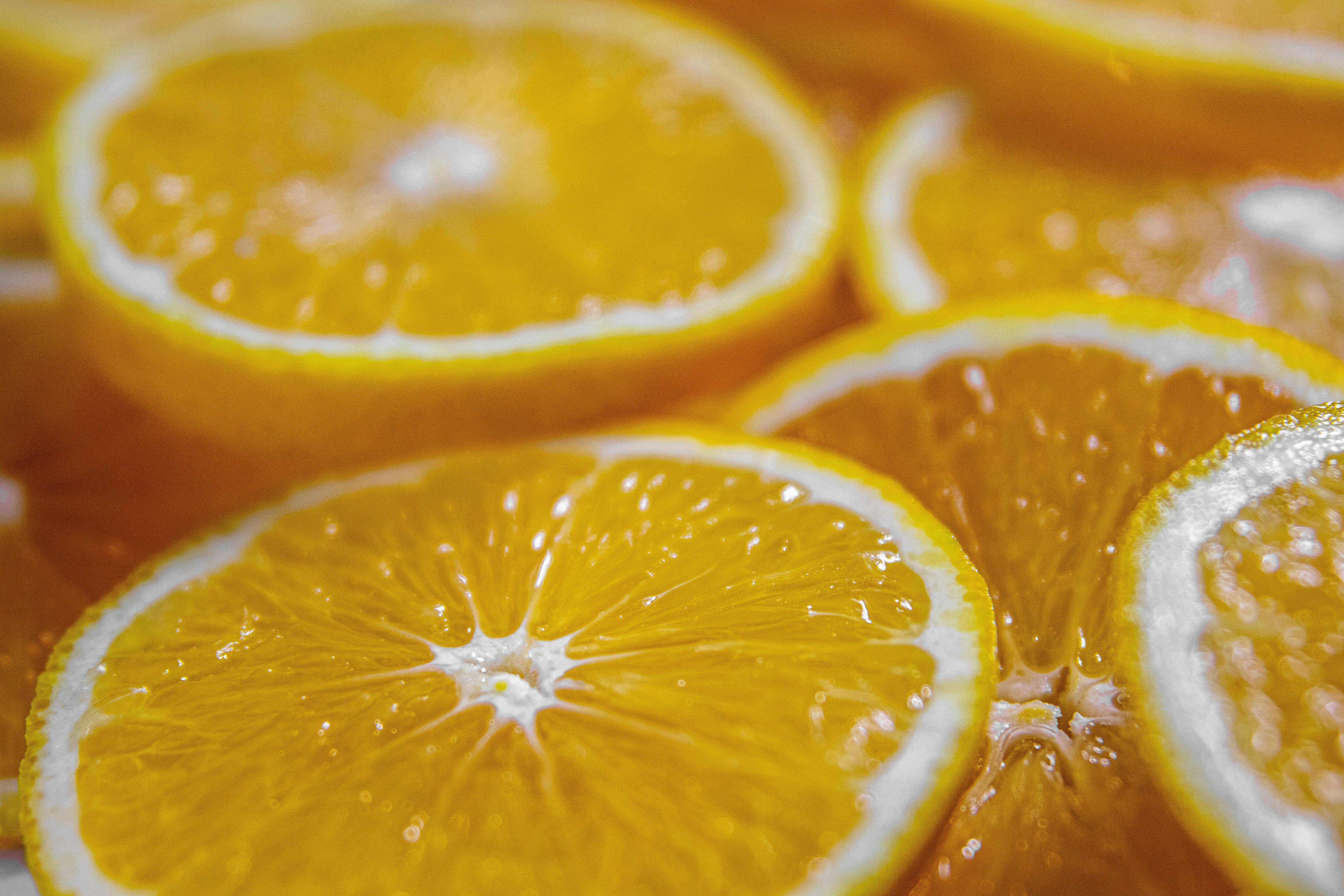A healthy pet leopard gecko makes an admirable pet. They are small, have minimal care requirements, and can be left alone for several days. They are silent, do not smell and do not need attention. Leopard geckos are inexpensive and readily available at pet stores and breeders. This type of reptile pet does not require a large amount of space. They have a wide variety of color and pattern variations. This small breed of exotic animal makes the perfect lizard pet.
Leopard Gecko care is a very easy thing to do. You wouldn’t need a lot of things to take care of it. The first main thing to have in the care of a Gecko is its housing. It is a place where your Gecko pet can stay. The most used are tanks. A baby Gecko can live in a ten gallon tank. Adult Gecko needs a minimum of ten gallons, but the recommended size is a twenty gallon tank. Leopard Gecko is not capable of climbing walls; therefore, length is needed instead of height. Buy a tank twenty gallons long instead of twenty gallons tall. Make sure you have a secure cover on your tank, as these guys can get out if you don’t. It also prevents crickets from escaping.
Shelter in a Leopard Gecko care is also needed. It is a must as the Leopard Gecko loves to stay in the dark. In a tank, you must have at least three boxes. Place two boxes at each end of the tank and place one in the middle. The middle one should be moist and can be doubled if you plan to breed them. Wet skin should be misted as needed, filled with moss and vermiculite. Make sure all hidden boxes are stable and firm. A collapsing hide box could injure your Gecko or worse, die.
Substrate is also important in caring for a leopard gecko, as they are active at night. If you use a loose substrate, your Gecko could swallow it at some point when hunting crickets or foraging for food. This is more related to baby geckos than adults. Using paper towels makes it easy to clean and replace without harming your pet gecko. If you have the core set in a loose substrate, use fine-grained sand. It works well. The sand should be 2 to 3 inches deep in the tank, which will allow them to burrow. Other substrates that work well include newspaper, tile, or reptile rug.
Temperature is also an important part of caring for a leopard gecko. They come from places with quite high temperatures, so they must be kept at the same temperature that they come from. Your basking spots should be at 90ºF, best placed under heaters. Leopard Gecko absorb heat more from their bellies than from their backs. Heat lamps also work well, but you should replace the bulbs frequently to prevent leopard geckos from burning out.
Leopard gecko tanks do not require misting because their natural habitat is primarily the desert. Providing a bowl of water is enough to keep your gecko hydrated. Make sure to spray that wet skin though.
Also apart from a leopard gecko care is cleanliness. Cleaning a leopard gecko’s tank is extremely easy. Be sure to clean stains and remove feces when they appear, or 3-4 times a week. If you are using a loose substrate, replace it every 6 months. Wash or replace the reptile mat every 1-2 weeks.
Breeding leopard geckos can be fun and exciting if you know what you’re doing. They must be housed in a tank larger than 20 gallons. Never keep two males together because they will fight to the death. However, you can have two females and one male.
Females will need a laying box which can be a plastic box filled with vermiculite. Make sure the female can easily fit through the entrance and that there is enough room to dig. Female leopard geckos will lay their eggs in groups of two. After laying one clutch a week, she will receive an average of 12 eggs. However, she could get up to 20. Once the eggs are ugly, she doesn’t turn them when removing them. If she does, she will kill the embryo inside.
When you put them in the incubator, you can decide if you want males or females by the temperature. If you want males, incubate at 87-88ºF, if you want females, the temperature should be set at 81-83ºF, and a mix can be incubated at 85ºF.
Be prepared for babies before they are born. Make sure you have food, shelter, shelter, and substrate.
The ultimate care of a leopard gecko is hatching. Alright, you have your geckos to breed and your eggs to hatch. Babies won’t eat before their first shed, which will be about a week. Once they eat, feed them pinhead crickets or small mealworms. Make sure you feed them every day. Make sure everyone is eating because you don’t want anyone to be left out. Hatchlings can be kept separately in well-ventilated plastic shoeboxes until they are four inches tall. Another way to house them is to have five per 10 gallons until they are four inches long. Once they are four inches tall, two can live in 10 gallons. Once they reach 6 inches, they should each get their own 10 gallons.
